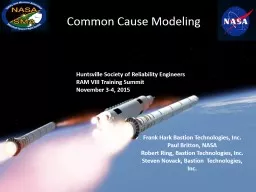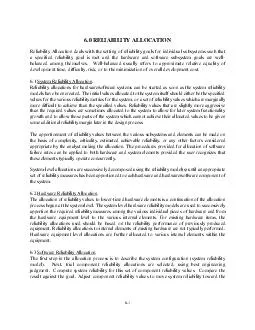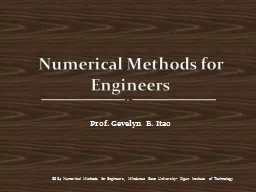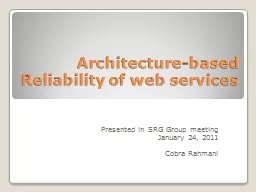PPT-1 Common Cause Modeling Huntsville Society of Reliability Engineers
Author : cheryl-pisano | Published Date : 2018-11-05
RAM VIII Training Summit November 34 2015 Frank Hark Bastion Technologies Inc Paul Britton NASA Robert Ring Bastion Technologies Inc Steven Novack Bastion Technologies
Presentation Embed Code
Download Presentation
Download Presentation The PPT/PDF document "1 Common Cause Modeling Huntsville Socie..." is the property of its rightful owner. Permission is granted to download and print the materials on this website for personal, non-commercial use only, and to display it on your personal computer provided you do not modify the materials and that you retain all copyright notices contained in the materials. By downloading content from our website, you accept the terms of this agreement.
1 Common Cause Modeling Huntsville Society of Reliability Engineers: Transcript
Download Rules Of Document
"1 Common Cause Modeling Huntsville Society of Reliability Engineers"The content belongs to its owner. You may download and print it for personal use, without modification, and keep all copyright notices. By downloading, you agree to these terms.
Related Documents














